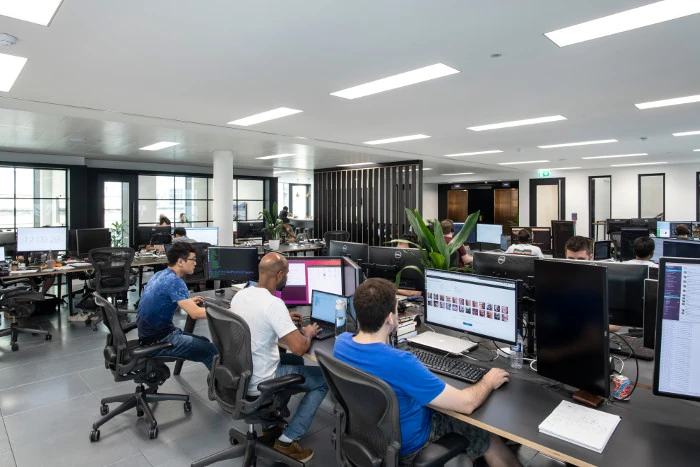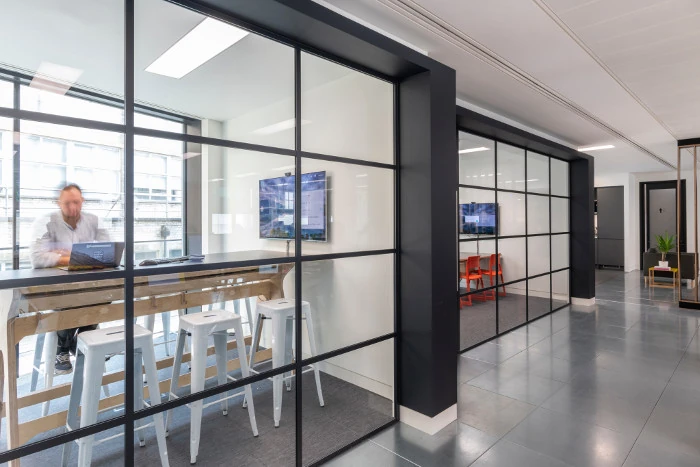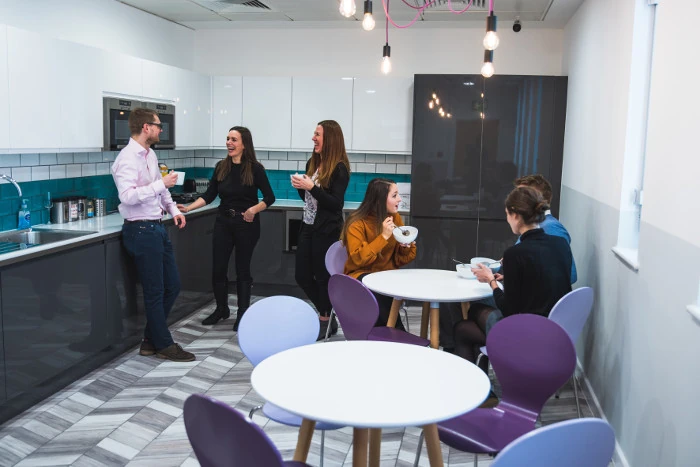Open Plan: Dream vs reality
26/10/18< Back to news index

When you're planning the perfect space for your organisation, what is it that is most critical to you? Is it the potential for staff collaboration, is it focus and productivity or is it transparency, knowing what each individual is doing and how it meets your needs? Do you want your staff to concentrate individually or pool ideas and information?
How can there be a one-size-fits-all solution to office design when people and organisations vary so much? And yet, that's what open planned offices have been pitched as for decades. Put all your staff together in a big room and they'll all collaborate and share information and be happy, sociable and productive.
A new study by Harvard academics Ethan Bernstein and Stephen Turban called "The impact of the 'open' office on human collaboration" may come as little surprise to anybody who has had to deal with working in an open plan office when that really wasn't best for their staff or business. The study looks at the impact of physical and spatial boundaries, or the lack of them, on human interaction.

Bernstein and Turban asked employees at two large organisations with open plan offices to wear badges for several weeks which monitored their interactions with and proximity to their colleagues. Use of email and instant messaging platforms were also monitored and recorded. They then compared the results to employees working in offices with cubicles and individual spaces.
What they found was a shocking 70% reduction in face-to-face interactions between colleagues in open-plan offices. Staff communicated more by email and IM than they did by talking.
So what's behind that? Surely it flies in the face of conventional logic that throwing people into a room together wouldn't make them more collaborative and social?

It all boils down to the sad fact that "humans aren't straightforward". Our interactions with each other require a lot more than proximity and visibility. While we are hardwired to connect with others, there is only so much interaction we can handle before we become overstimulated and need to withdraw. We need privacy as well as contact and the feeling of always being watched or listened to can get very uncomfortable, leading to a constant low-level 'fight or flight' response that can be very stressful.
On top of this, we're all aware of the shortcomings of anything other than face-to-face communications - have you ever woefully misunderstood the tone of an email? Forced socialisation is not just bad for individuals, it's bad for business.
Therefore the best solution to office design is to create a space that meets the very unique needs of your business and your people. It is increasingly clear, as evidenced by this study, that the previously accepted idea that open offices solve issues of communications is wrong, and just how wrong it is is only just becoming clear.
There is no one-size-fits-all solution to office design. Contact us to find out how we can help.